In the realm of interior design, modern style stands as a testament to the fusion of functionality, aesthetics, and innovation. Rooted in the early to mid-20th century, modern interior design continues to evolve, embracing contemporary trends while maintaining its core principles. From sleek lines to innovative materials, here are ten key elements that define modern interior design.
1. Clean Lines and Minimalism
At the heart of modern interior design lies a commitment to simplicity. Clean lines and minimal ornamentation create spaces that feel open, uncluttered, and visually calming. Furniture with straight edges and smooth surfaces epitomizes this aesthetic, allowing each piece to stand out without overwhelming the space.
2. Open Floor Plans
Modern interiors often embrace the concept of open floor plans, where rooms seamlessly flow into one another. This design approach promotes connectivity, enhances natural light distribution, and creates a sense of spaciousness. By removing unnecessary walls, modern interiors invite interaction and adaptability, catering to diverse lifestyle needs.
3. Functional Furniture
Functionality reigns supreme in modern interior design. Furniture pieces are not only chosen for their aesthetics but also for their practicality and versatility. Multifunctional furniture, such as modular sofas and storage ottomans, maximizes space efficiency without compromising style. Every element serves a purpose, contributing to the overall harmony of the design.
4. Neutral Color Palettes
Neutral color palettes dominate modern interiors, with shades of white, beige, gray, and black prevailing. These hues create a timeless backdrop that allows other design elements to shine. Accents of bold colors or metallic finishes may be used sparingly to add visual interest and contrast, but the overall ambiance remains understated and sophisticated.
5. Natural Light and Transparency
Modern interior design celebrates the beauty of natural light and seeks to maximize its presence within a space. Large windows, skylights, and glass doors are commonly incorporated to blur the boundaries between indoor and outdoor environments. Transparency enhances the sense of openness and connectivity, while also fostering a closer relationship with nature.
6. Integration of Technology
In the digital age, technology plays a pivotal role in modern interior design. Smart home systems, integrated lighting controls, and automated appliances streamline daily tasks and enhance convenience. Designers seamlessly integrate technology into the aesthetics of the space, prioritizing both functionality and visual harmony.
7. Embrace of Industrial Materials
Industrial materials such as concrete, steel, and glass feature prominently in modern interior design. These materials exude an urban sophistication and lend a contemporary edge to the space. From exposed structural elements to polished concrete floors, industrial accents add texture and character, complementing the clean lines of modern furnishings.
8. Organic and Natural Elements
Despite its penchant for industrial materials, modern interior design also embraces organic and natural elements. Wood, stone, and natural fibers infuse warmth and tactile appeal into the space, creating a harmonious balance between man-made and natural environments. Live plants and greenery further connect the interior with the outdoors, promoting a sense of well-being and tranquility.
9. Statement Lighting
Lighting serves as both a functional necessity and a design statement in modern interiors. Bold, sculptural light fixtures become focal points, adding drama and visual interest to the space. Whether it's a sleek pendant light or a minimalist floor lamp, lighting fixtures are carefully curated to enhance the overall ambiance and highlight key architectural features.
10. Emphasis on Sustainability
As environmental consciousness grows, sustainability becomes an integral part of modern interior design. Designers prioritize eco-friendly materials, energy-efficient lighting, and sustainable practices to minimize the environmental footprint of their projects. From recycled furnishings to low VOC paints, every choice reflects a commitment to creating healthier and more sustainable living spaces.
In conclusion, modern interior design encompasses a harmonious blend of form, function, and innovation. From clean lines and minimalism to sustainable practices and statement lighting, each element contributes to the overall aesthetic and functionality of the space. By embracing modern design principles, homeowners can create interiors that are not only visually striking but also conducive to contemporary living.



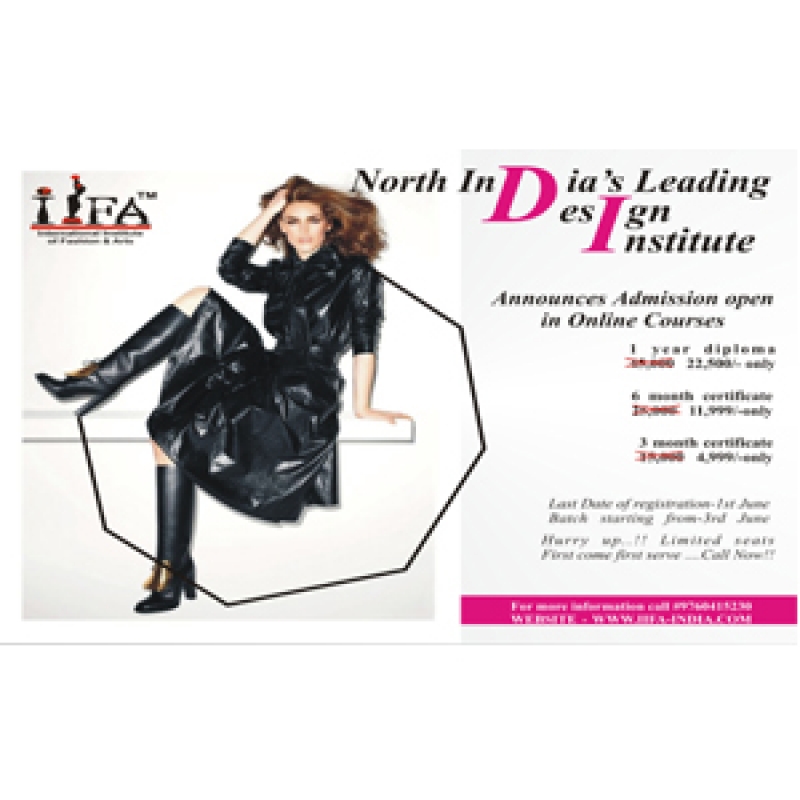


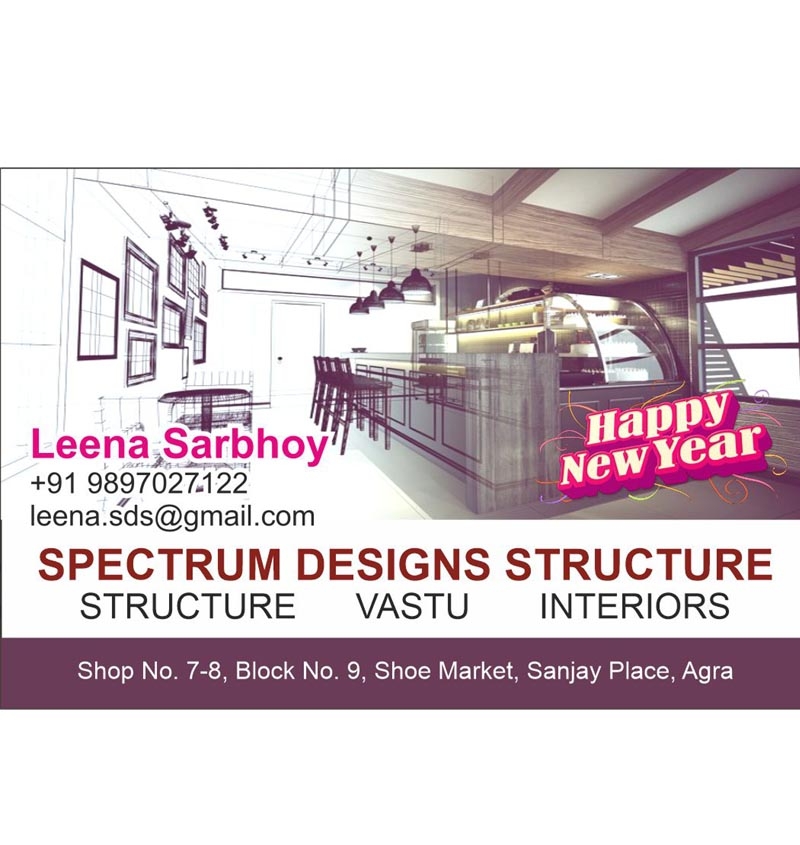
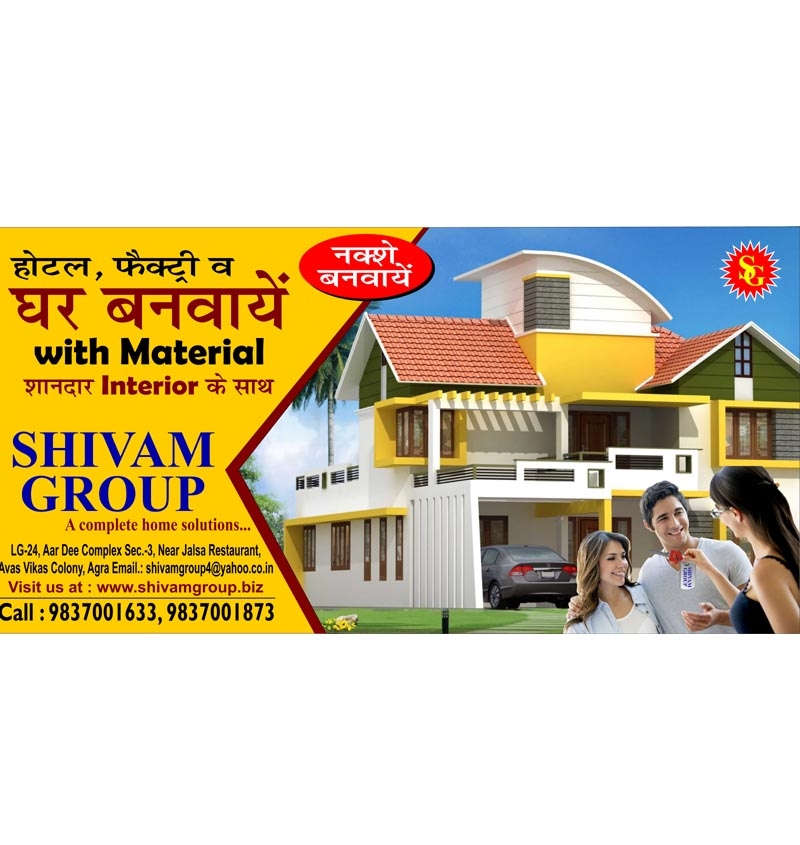
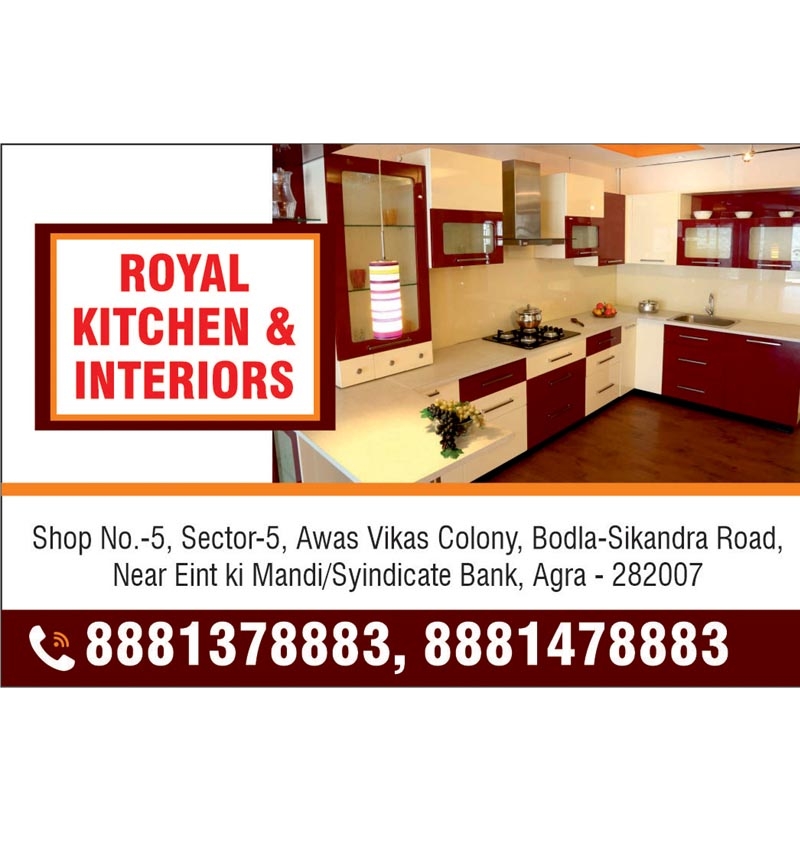






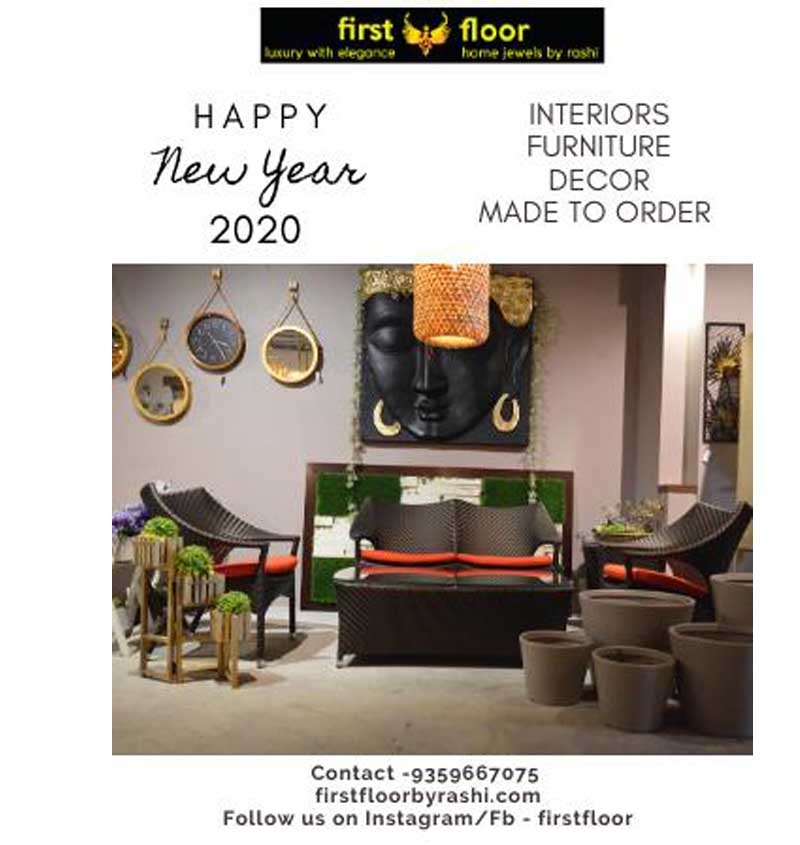



Your Message